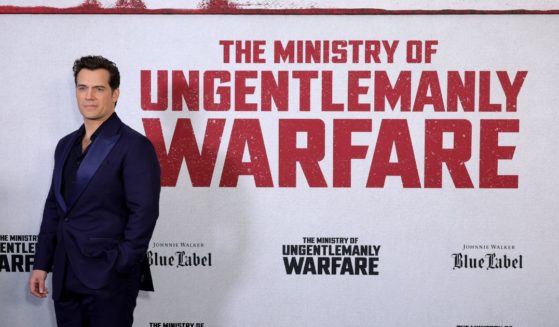The NYT Left Out 3 Game-Changing Facts in Story on 'Unarmed' Black Teen Shot by Police Officer
In an era when any police shooting of an African-American prompts an avalanche of media coverage, unbiased and factual reporting is as important as ever.
Unfortunately, in the wake of one such case, the 2018 police shooting of Antwon Rose, The New York Times omitted so many facts in its coverage of the story that its version of events is nearly unrecognizable from the way things played out.
Rose, a black 17-year-old, was fatally shot by white police officer Michael Rosfeld in Pittsburgh on June 19, 2018, according to ABC News. Rosfeld had pulled over the Chevrolet Cruze in which Rose was riding and shot the teen after he fled from the car.
The officer was charged with criminal homicide.
Following Rosfeld’s acquittal in March 2019, The Times ran an article on the news, offering a summary of the events of the shooting and subsequent trial.
Anyone relying solely on The Times for information regarding the case would justifiably think of Rose as a sympathetic victim. According to The Times, he was a talented student in a “high school’s honors program” who played the saxophone, “volunteered for a local charity” and just two years before his death composed a moving poem in which he wrote “I see mothers bury their sons … I want my Mom to never feel that pain.”
But The Times’ story failed to include three crucial elements.
First, The Times mentioned only in passing the fact that the car in which Rose was riding “matched the description of one involved in a nearby drive-by shooting about 10 minutes earlier.”
As it turns out, the drive-by shooting was a significant part of the story — and all indications point to the two cars being one and the same.
Detectives determined that Zaijuan Hester, also 17, fired a pistol from the Cruze in the drive-by shooting, ABC News reported. He later pleaded guilty to multiple charges and was sentenced to six to 22 years in prison, according to KDKA-TV in Pittsburgh.
Additionally, the Allegheny County Medical Examiner’s crime laboratory discovered that the spent casings found at the scene of the drive-by shooting were fired from the pistol found in the Cruze in which Rose was riding.
According to WTAE-TV, Hester was identified as a passenger in that Cruze.
Even if the Cruzes mentioned in those stories somehow happened to be different vehicles, there’s a mountain of evidence that The Times does not even acknowledge.
Second, The Times referred to Rose as being “unarmed.”
In reality, while he may not have been wielding a gun in his hands, Rose was anything but unarmed.
A stolen gun was found underneath the front passenger seat in which Rose reportedly was sitting, according to the Pittsburgh Post-Gazette. Rose also had an empty magazine in his pocket, and there is evidence that he had gunshot residue on his hands, the Post-Gazette reported.
Rose was “unarmed” in only the strictest sense of the term. He reportedly had a gun within arm’s reach and was even carrying gun paraphernalia on his person.
Third, The Times omitted the fact that one of the victims of the drive-by shooting told police that Rose, not Hester, shot him.
“The beef was between me and [Rose], that car came by, he shot me, I ran to the store,” victim William Ross said, according to the Post-Gazette.
Ross reportedly explained to police detectives that the “beef” resulted from his being from the Braddock borough of Pittsburgh and Rose’s being from nearby Rankin.
Ross’ story contradicts the account of the Allegheny County District Attorney’s Office, which maintains that Hester, not Rose, committed the drive-by shooting. Nevertheless, one would expect The New York Times to include the victim’s side of the story.
Many of The Times’ details are defensible on technical grounds: The car in which Rose was riding technically did match the description of the one from the drive-by shooting, and Rose technically was “unarmed.”
But to provide the full context of the story, The Times should have included more critical information. Omitting these three major details only obscures the important aspects of the case.
If The New York Times is more interested in spreading a narrative than reporting a story, so be it. But if it wishes to maintain a pretense of publishing straight news, then it will have to do better than this.
Truth and Accuracy
We are committed to truth and accuracy in all of our journalism. Read our editorial standards.












